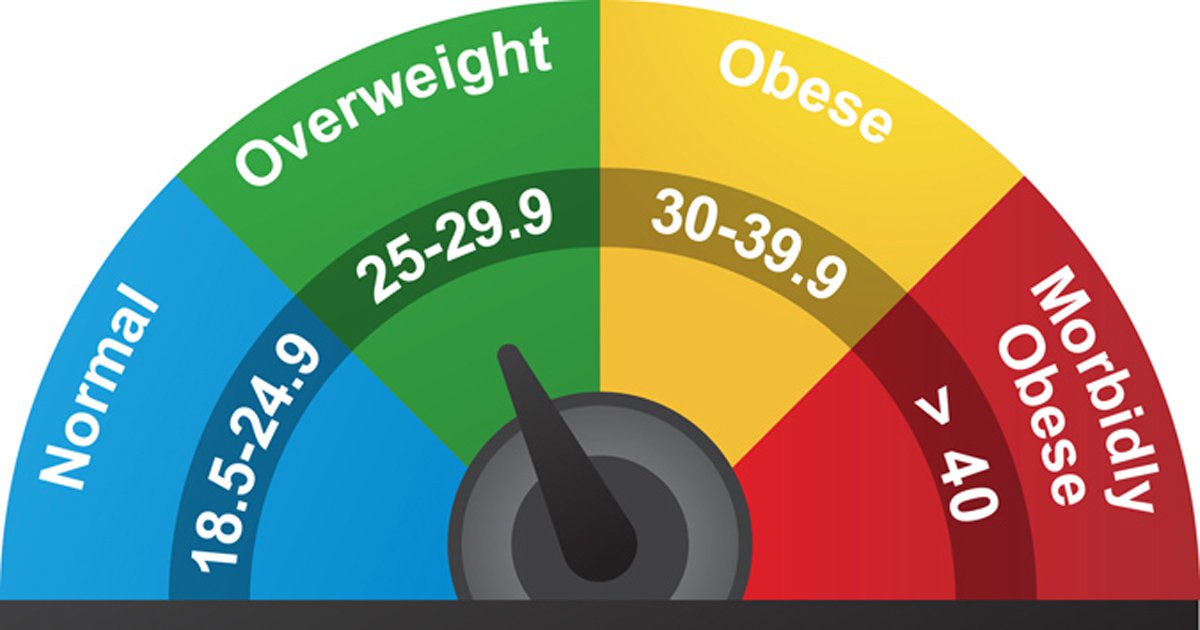Elevated BMI, waist size increase congestive HF, mortality risks in type 2 diabetes
Among adults with type 2 diabetes, the risks for congestive heart failure and all-cause mortality rise with increases in BMI and waist circumference, but there may be a need to reevaluate what constitutes obesity using these metrics, according to findings published in the Journal of Diabetes and its Complications.
“BMI is known to carry numerous limitations, as it does not distinguish between muscle, bone mass or fat distribution,” Joseph Yeboah, MD, MS, an associate professor of cardiology at Wake Forest School of Medicine in Winston Salem, North Carolina, and colleagues wrote. “Current data also supports the use of other measures of adiposity, such as waist circumference and waist to hip ratio, as better metrics than BMI in assessing cardiovascular outcomes. ... Though BMI is the most widely used metric to assess adiposity associated risk in general clinical practice, waist circumference or central obesity may also have a role.”
Yeboah and colleagues analyzed annual changes in body weight and waist circumference among 10,251 adults with type 2 diabetes (mean age, 62.8 years; 38.5% women) in the ACCORD trial. The researchers also recorded instances of atherosclerotic CVD, congestive heart failure (HF) and all-cause mortality across a follow-up period of 3.7 years on average.
The researchers identified obesity, defined as a BMI of more than 30 kg/m2, among 62% of the study population. In addition, 51.8% of the total cohort had central obesity, defined as a waist circumference of more than 94 cm for men and more than 80 cm for women.

In a fully adjusted model, the researchers observed an association between congestive HF risk and each one standard deviation rise in BMI (HR = 1.41; 95% CI, 1.28-1.56), obesity according to BMI (HR = 1.75; 95% CI, 1.16-2.67) and each one standard deviation rise in waist circumference (HR = 1.43; 95% CI, 1.3-1.58). Additionally, the researchers noted that there was an association between all-cause mortality risk and each one standard deviation increase in BMI (HR = 1.2; 95% CI, 1.11-1.3) and in waist circumference (HR = 1.22; 95% CI, 1.13-1.37) “while central obesity and each BMI category showed no significant association.”
“Our analysis shows that both BMI and waist circumference represent suitable adiposity-based metrics to assess patients with type 2 diabetes that may be at risk of not only congestive HF, but also all-cause mortality,” the researchers wrote. “However, the current definitions for overweight, obese and central obesity were not independently associated with these outcomes in this cohort. ... Our study supports the need for further research to identify appropriate cutoffs for defining overweight, obese and central obesity along the spectrum of BMI and waist circumference in type 2 diabetes to better capture the risk associated with adiposity.” – by Phil Neuffer
Disclosures: The authors report no relevant financial disclosures.
